JAMAICA | Role of The Traditional and Revival Church in the fight Against Slavery (Part 2)
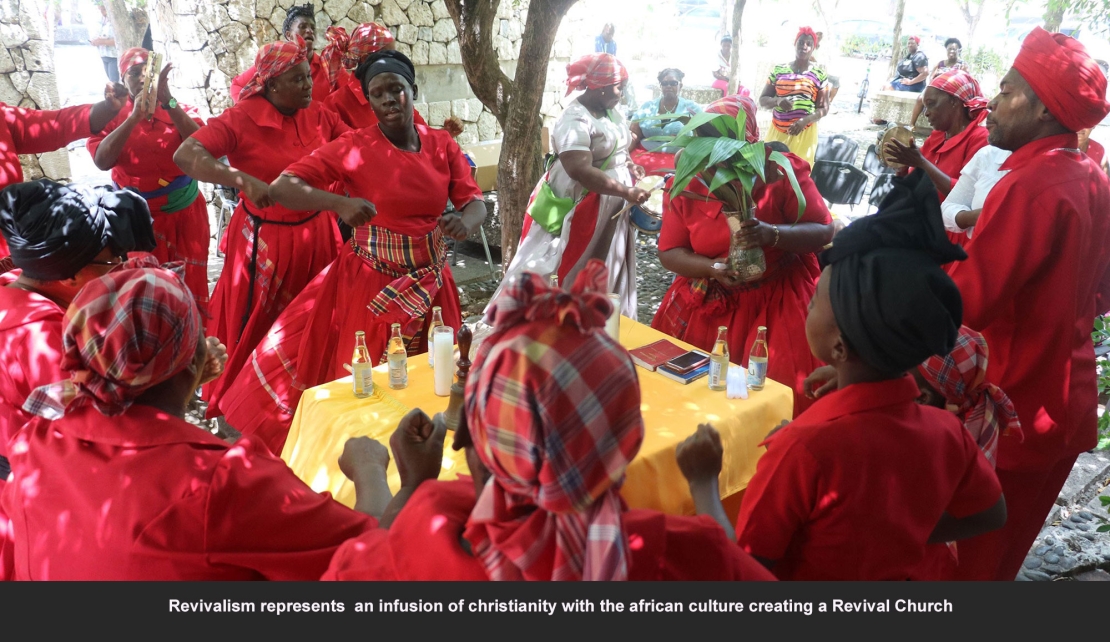
MONTEGO BAY, September 14, 2022 - This matter of the of the skewed history of the Church, in favour of white missionaries to the detriment of Jamaican and Black pastors who developed the church, is not just a Baptist issue. The Baptists is just one of the religious denominations hardest hit by the reportage of its history, but ought to be an issue of national concern regarding the squalid way our Jamaican history generally has been published.
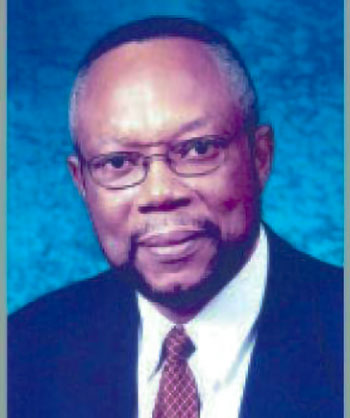
The Reason for this state of affairs in respect to the abundant “Kakanaboo” stories in our history was due to fear and shame by the then plutocratic ruling class. It is due also to over exuberance on the part of some of the British missionaries who were bent on ” hogging the show “ to prove that it was their effort alone and intervention alone that cause slavery to end.
In the meantime allow me to acknowledge the stout heartedness of the JBU leadership in its monumental decision taken in the celebration of the Bicentennial of Baptist ministry in Jamaica in 1983 that recognised the contribution of George Lyle, Thomas Swigle, George Gibbs, Moses Baker (Sharpe,spiritual mentor) and others who laid the strong and lasting platform upon which Baptism in Jamaicas have stood.
They refused to adhere to that unfortunate trajectory set in 1864 when the golden jubilee of Baptist work on the island was celebrated thus excluding the black foundation of the Baptist church in Jamaica.
The further good news is that there has emerged numerous and bold scholars who are committed to unearthing and reinterpreting the unadulterated facts of European Colonialism and its impact on our lives in every way: religious, social,political and economic, by pouring through documents as recorded in the manuscript Department and reading room of the British Museum, London;.the Public Records Office,London; the Royal Commonwealth Society;the Library of the West India Committee,London; the Institute of Jamaica; the Jamaica Archives, Plantation records, Church Records and stories contained in the collective memories of the ordinary men and women in the 875 communities across Jamaica, that carry a huge volume of oral history.
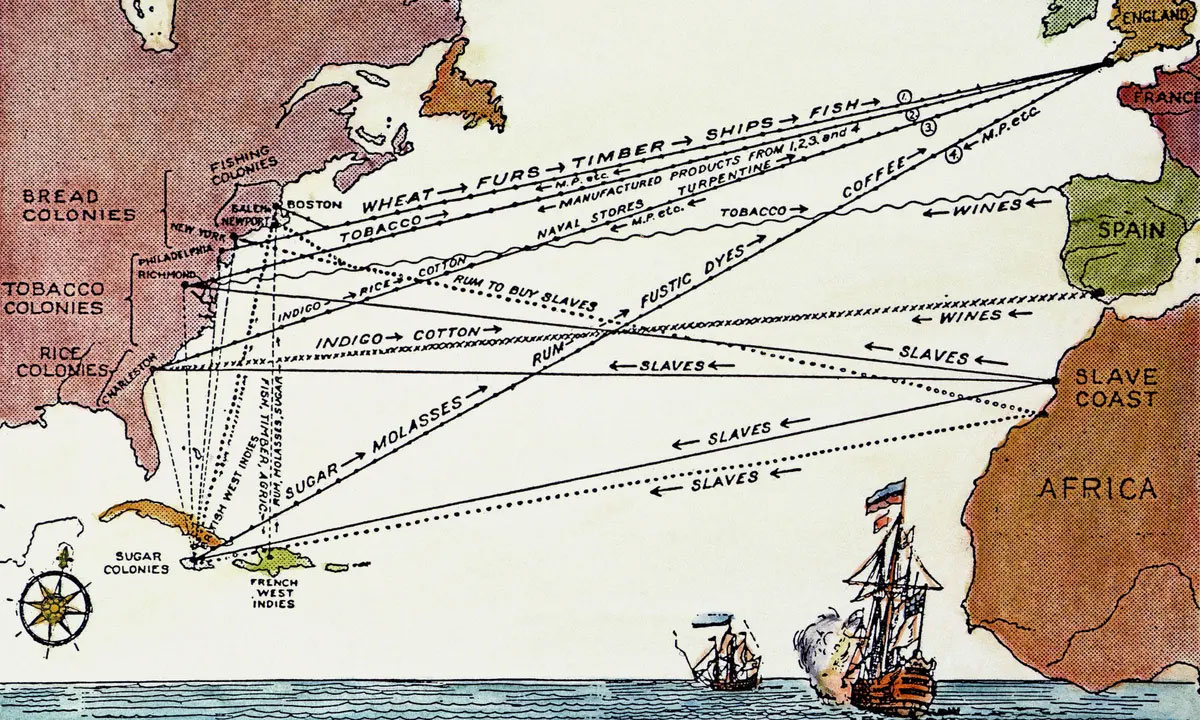 Some of this oral history passed down from generations to generations which crystallized into what is called urban or rural legend or local traditions that have to be handled with great caution. While they may contain kernels of truth, they also contain wild tales some of which are nothing more than figments of the imagination.
Some of this oral history passed down from generations to generations which crystallized into what is called urban or rural legend or local traditions that have to be handled with great caution. While they may contain kernels of truth, they also contain wild tales some of which are nothing more than figments of the imagination.
Generations of Indoctrination about the inferiority and insularity of Negroes being “miserable sons of Adam and Noah” abound and there is an obvious design to keep things that way as evidenced by former United States president Donald Trump and his MAGA Republican party determined to continue the miseducation in the United States in relation to Black people.
Lets look at the various threshold employed at home and abroad by the White planters during slavery to reinforce our “Negritude”.
1. The Allegation that Everything in Africa was so backward and barbaric, the attempt was made to convince colonial subjects that British Imperialism occasioning their enslavement had been to their advantage and was the best thing that had ever happened to the Africans.
2. Then there was the boast about bringing the Rule Of law to English Captured territories and its inhabitants even in face of the symbiosis between law and the violence employed to maintain its authority when the authority is thought to be threatened.
The crushing of the Indigenous people’s riots in Ceylon by disgraced Governor Lord Torrington, friend of Governor Edward Eyre who named Torrington Bridge in Kingston in his honour after that merciless incident; the Indian Mutiny ten years later; the Morant Bay conflagration; the Demerara up-rising in Guiana and the Mau Mau Rebellion Kenya which consolidated the rise of Rastafarianism in Jamaica are buta few examples of British colonial atrocities.
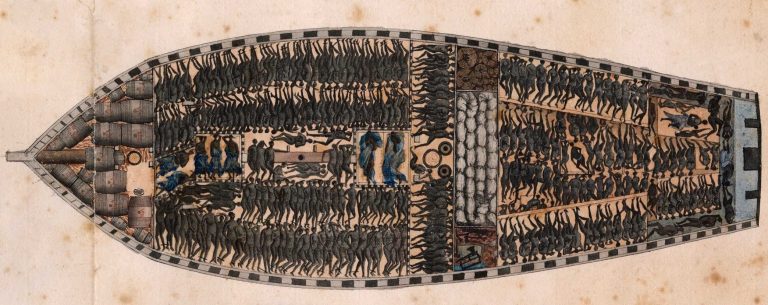
The shipment of enslaved people across the Atlantic Ocean from Africa to the Americas was the largest forced migration in human history. Between 1500 and 1875 approximately 12.5 million African men, women and children were transported across the ocean to be worked as slaves. Roughly 65% were men, about 15% were women, and a shocking 20% were children.
The voyage could take as long as three months, and poor sanitation and insufficient food and water meant that many people fell ill or contracted diseases. Approximately 12% of the enslaved Africans loaded on to these ships died before they reached the Americas. The slave ship crews threw the bodies of dead slaves overboard, and many were immediately consumed by sharks which regularly followed the slave ships across the ocean.
Even in the face of such pain and numbing cruelty, we have been prevailed on to to accept their argument that slavery was indeed a blessing to Black people, its victims. When slavery was mentioned towards the closing days of the tranns-atlantic trade, it was often done in such a manner as to claim credit for Great Britain’s leading Role in suppressing the slave trade.
British Abolitionist like William Wilberforce were featured as liberators and the abolition of slavery was attributed to British Goodness.
The part played by rebel slaves, in achieving abolition of slavery, was rarely mentioned. For example The Sam Sharpe War was not included in the 178 pages History of Jamaica written by Clinton Black. He is a white Jamaican who was hired as National Archivist for many years, and who was more than familiar with the facts, but decided to omit some convenient facts.
Neither was the Sam Sharpe War listed in his Book “The making of the West indies.” These two history premier textbooks were prominent at all levels of the Education system, for several generations.
Yet, that significant historical occurrence involving 20,000 slaves in Western Jamaica alone, in addition to slaves in the Parishes of Manchester, St. Ann, Portland and St.Thomas that shattered the gridlock between British Prime Minister Lord Grey and the house of commons on the one hand and King William 1V and the House of Lords on the other, was never mentioned.
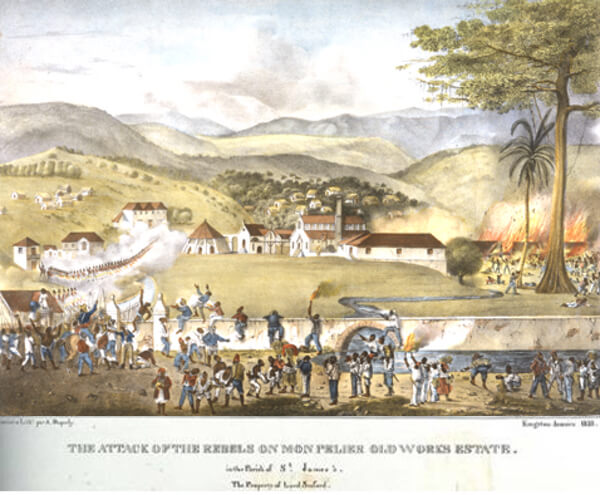
Though not at the top of the Agenda, the threat of insurrection at home in England and rebellion in Jamaica coupled with the British general election victory of the pro-abolition of slavery Party, forced King William lV and the house of Lords to dismount from their 'high horses' and Pass the Great Reform Act entitled "Representation Of The Peoples Act 1832," which, when passed in the House of Commons in 1830, two years earlier, precipitated sweeping changes in the Jamaica House of Assembly, for the first time allowing for immediate and total enfranchisement for people of colour and Jews .
By October 1831 the Parish of St. James elected James Mandison its first colored representative as was the case in some of the other Parishes to the Jamaican house of Assembly and with those developments … historians are of the view… precipitated a catalytic effect on the slaves resolve to stage the 1831 Christmas rebellion for change also in their ownmiserable and brutish lives.
The Bill for the gradual abolition of Slavery in the British overseas Possessions was passed in the British Parliament on the 29th July 1832 and took effect on August 1, 1833 and fully operationalized in 1834. It provided for children under six years old immediate full freedom, compensation to the planters for the loss of slaves amounting to 20 millon pounds and an apprenticeship system which collapsed after 4 years of operation.
Queen Victoria was crowned in 1837 five years after the abolition of Slavery act was passed into law…..and had very little to do with the abolition of slavery despite the brainwashing of our Ancestors who were moved in songs they made and sung lovingly about the generosity of the queen Victoria and William Wilberforce, an English Monarch and English politician for their role in the abolition of English enslavement of Black people.
Our Children were never told about black emancipators such as Ignatius Sancho, Ollaudah Ecqiano also known as Gustavus Vassa and Ottabah Cugoano former slaves, who had grown to be powerful gentlemen in the London Merchant class and social circles. They were authors of several Books, pamphlets and Manuals and by their public works, not only educated William Williberforce, Quaker Granville Sharpe, Thomas Clarkson and Thomas Buxton, but also other members of the anti slavery society who came to those Black emancipators for advice and guidance.
It was the black emancipators whose story of unspeakable psychological and physical cruelty they experienced as slaves, that more effectively galvanized mounting moral outrage among the English public to rally for a decisive end to ashameful economic system operated for over two hundred years and in which the British Royal Family was deeply involved.
The British Monarchy had interest in Three Slave trading Companies: The Royal Gambia Company, The Royal Adventurers Company and the Royal African Company. Earlier in the reign of Queen Elizabeth l, Her Majesty entered into partnership with Pirate John Hawkins and his cousin Pirate Francis Drake.
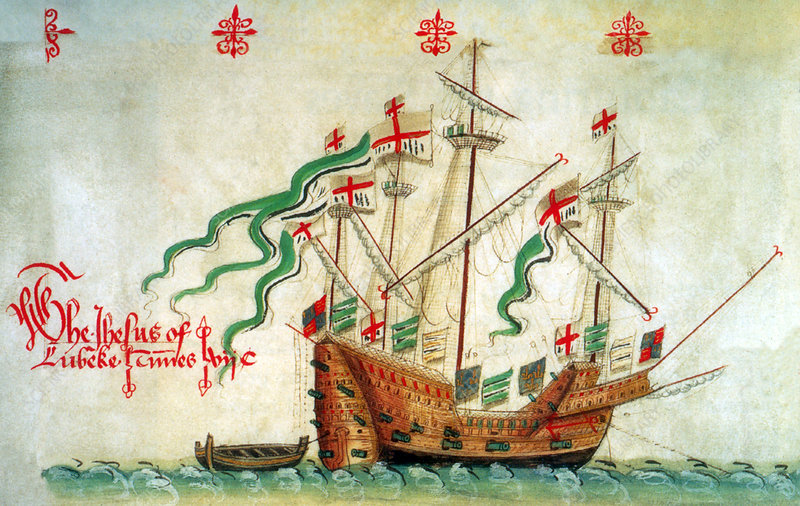
Many of our ancestors, some of whom were tricked into slavery by Hawkins who promised them he would return to get them, kept their hopes up by singing expectantly:”We will wait till Jesus come to carry our loved ones home”!
We would learn later that the original song had nothing to do with the Second coming of Jesus the Christ of Nazareth, but rather the return of the pirate John Hawkins aboard the sailing ship Jesus of Lubeck, “the Good Jesus,” tyo fulfill his prtomise and take them back home to Africa.
The British Monarchy was so satisfied and happy with the slave trade that in 1663, during the reign of Charles ll, (grandson of King James l, of the Bible fame) and in celebration of the restoration of the Monarchy after the beheading of King Charles l and Oliver Cromwell, he ordered the minting of a British Coin called the“Guinea”.
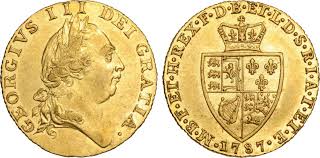 The coin was named for the country of Guinea in west Africa from which the trade in enslaved Africans from the Gold coast originated and Ivory from the Ivory coast, all situated on the shores of the 5000 miles stretch of the Gulf of Guinea, and which made England extremely Rich.
The coin was named for the country of Guinea in west Africa from which the trade in enslaved Africans from the Gold coast originated and Ivory from the Ivory coast, all situated on the shores of the 5000 miles stretch of the Gulf of Guinea, and which made England extremely Rich.
The Guinea which valued more than the British Pound at 21 shillings was the favourite currency of Lawyers whose fees were usually five guineas to take an average case.
Jamaica in addition to the use of the Guinea currency had Guinea Grass, Guinea Pig, Guinea Hen, Guinea Chic, Guinea weed and Guinea pea to this day.Yes. All came from back home!
The commercial, economic and political motivations to end the slave trade and slavery by the British are most intriguing and would require another presentation entirely. For indeed slavery did not end simply because of humanitarian concerns alone.
It was a strategic maneuver by England to consolidate the domination of world trade via the east India Company, in opium from China, in cotton, indigo, saltpeter, spices, sugar, tea from Ceylon, etc., by pushing up the cost of production to its competitors in the western world.
This includes Cuba, then owned by Spain, Brazil owned by Portugal and United States of America now a country independent of England.
-30-

 Ar
Ar  En
En